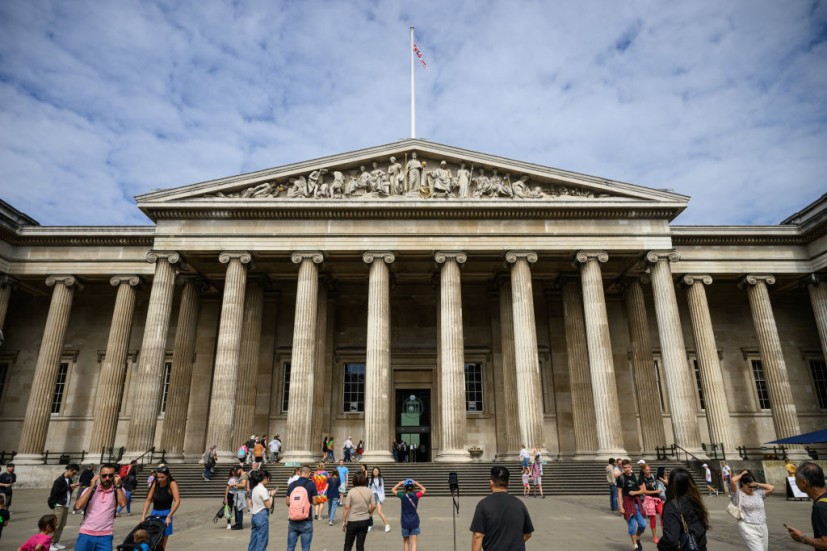In an official press release publicized last Tuesday, Dec. 12, the British Museum has provided an update on the hundreds of artifacts that were stolen last August, following the findings of an independent review of the incident. In light of this investigation, the institution's board of trustees has made a unanimous decision to follow through with its proposed actions.
According to the museum, over 1,500 objects were categorized as stolen or missing. In addition, 350 items belonging to the institution's collection have been defaced, with a portion of their mounted golds and gems missing. 140 items were also found to have been disfigured using a variety of implements.

Developments on the British Museum Theft Scandal
"We believe the majority of the portions removed from the 350 are likely to be unrecoverable because they have probably been sold for scrap," the museum said in the release. A portion of the objects were even sold on eBay for a paltry sum, BBC reports.
350 out of the 351 objects that were recuperated by the institution were all given back by the Danish dealer Ittai Gradel, whose notes of caution regarding the theft were largely ignored as early as February 2021.
With goals of increasing public transparency in light of the controversy, the British Museum has initiated an audit on its abidance with the Public Records Act, as reported in the release. This decision was made after the British Museum and other issue-relevant collecting institutions were bombarded by a cavalcade of requests for public documents from the press.
Additionally, the museum's deputy director, Jonathan Williams, agreed to the relieving of his position following the wake of his contemporary, then-museum head Hartwig Fischer, resigning. As reported in The Independent, a British Museum spokesperson confirmed that Williams is indeed stepping down as director.
Recommendations for London's British Museum in Response to the Incident
The proposed actions within the review are segmented into a handful of areas surrounding the museum's collection, management, risk assessment, internal audit policies, and even extending to its relation with its board of trustees.
Policy suggestions include improving the processes involved with the reporting of missing items, establishing a risk tolerance statement, and outlining the delegation of responsibilities in meetings about risk.
That said, the main recommendations involve the completion of the digital databank and documentation process along with the immediate execution of security measures. What these measures were comprised of were not divulged by the British Museum.